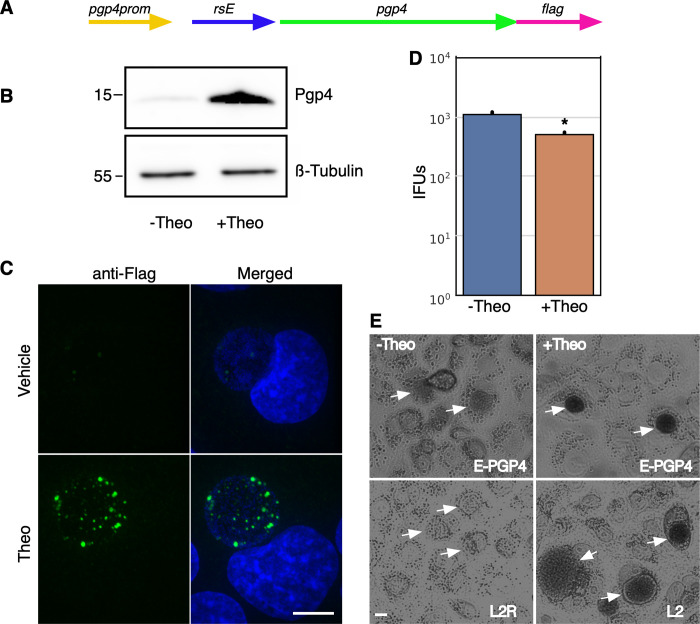Fig 2. Characterization of p2TK2-SW2-nprom-E-pgp4-flag.
A) Schematic of the nprom-E-pgp4-flag construct consisting of the native pgp4 promoter, the riboE riboswitch (rsE), and the pgp4 ORF with an inframe 3x flag tag. B) Anti-flag western blot of Cos-7 cells infected with L2-nprom-E-pgp4-flag comparing expression of theophylline treated and untreated cultures. Cells were induced or not with 0.5mM theophylline at 16 hpi and proteins were harvested at 30 hpi. A ß-tubulin I western blot served as a loading control. C) Confocal micrographs of Cos-7 cells infected with L2-nprom-E-pgp4-flag, induced or not with 0.5 mM theophylline at 16 hpi and fixed and stained with DAPI to detect DNA. The flag tag was detected using a primary antibody to the tag and an alexa 488 anti-mouse secondary antibody (green). Size bar = 10 μm. D) Cos-7 cells were infected with L2-nprom-E-pgp4-flag and the production of infectious progeny was determined at 48 hpi after 0.5 mM theophylline induction or vehicle only. E) Iodine staining of glycogen in the inclusion of Cos-7 cells infected with L2-nprom-E-pgp4-flag after 0.5 mM theophylline induction at 16 hpi or vehicle only. Arrows indicate the location of the chlamydial inclusions. Asterisk denotes p-value < 0.05. Error bars = SEM.

